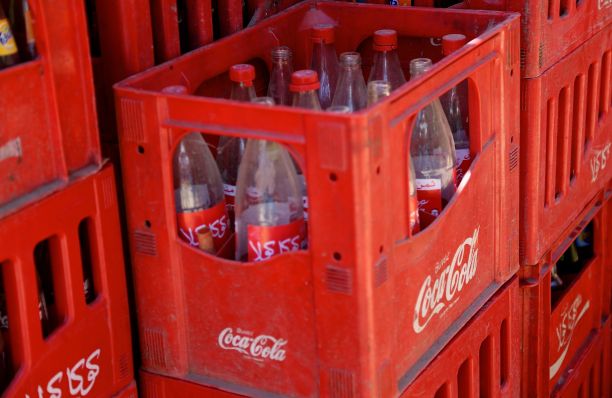Staying Hydrated in Morocco
Story by: Kory Caldwell, Fes, Morocco
Photo by: Lyla Ye
When traveling in Morocco it was not uncommon for the American students to be drinking a few liters of bottled water when they could get their hands on it. The Moroccan climate, much closer to the equator and much hotter than our usual temperate highs and lows in the US made hydration an important part of travel for us. Water access, sanitation, distribution and treatment in Morocco is differs from US H20 in a number of key factors. The CDC urges travelers to be diligent and to avoid drinking any water (Determination of Fluoride in Tap Water in Morocco Using A Direct Electrochemical Method) outside of sealed containers and even ice to avoid contracting a bacterial infection such as Typhoid. This might be good advice for those who can afford it, but what about the rest of Morocco? Bottled water may not be a solution for isolated communities in need of clean accessible hydration, but many are looking for new solutions. The International Atomic Energy Agency has recently helped give Moroccan hydrologists a new technique (New Sources of Water in Morocco) for finding water. Isotopic Hydrology, a new tool for Morocco, will help experts like Nabil Mosleh of ONEE (a bulk water provider) track the history of water sources and find solutions to isolated places like Guelmin, a town looking for better ways to get water to its residents. The IAEA says that now that Morocco’s researchers have this new tool it will serve as the focal point for more hydrological solutions in northern Africa. Another new development is the addition of organic and ceramic membrane filter technology from the European Space Agency now in use in Morocco (Space Brings Fresh Water to Morocco).
In Sidi Tabi, near Rabat, ground water is available but unfortunately very unfit for drinking. Thanks to a new water treatment facility built there, however, clean water is now being created and used for over 1200 students. Now that it has shown to be successful, there is speculation of more membrane treatment plants to be built. Morocco is looking to fix its water dilemmas on a national scale as well. In 2007 Morocco took out a hundred-million dollar loan for water development and sanitation (Results Profile: Morocco Water & Sanitation) and instigatted a 34 billion MAD program called the National Irrigation Water Efficiency Program. Just like we became aware of water difficulties during our visit, the Moroccan government is also aware and looking to adjust. Morocco is currently on its way to being on track for its Millennium Development goals as it continues to increase spending on programs to fix its hydrological puzzle.

Recent Comments